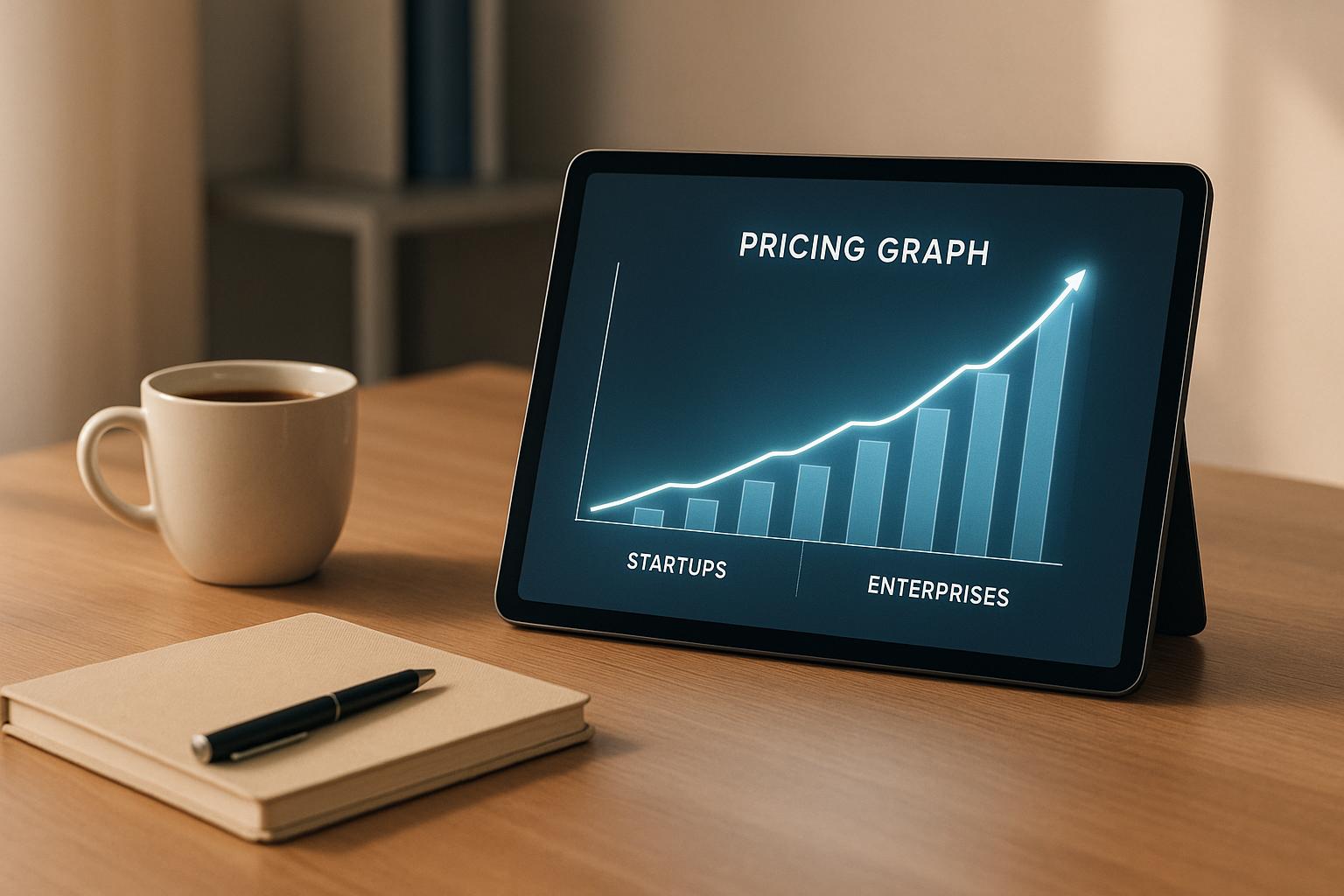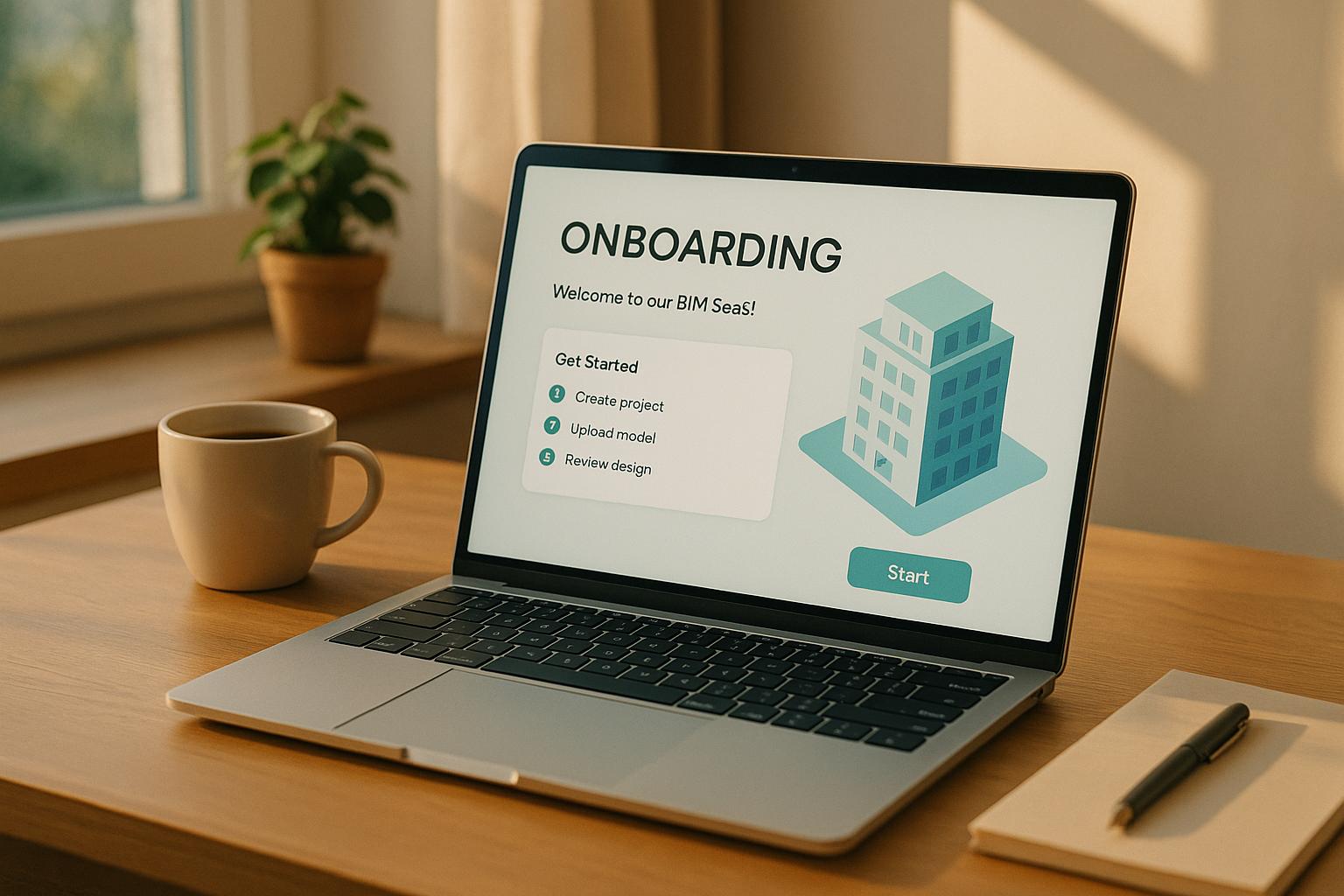Want to build a successful MVP? Pairing it with the right subscription and revenue model is key. Here’s a quick guide:
- MVP Basics: Focus on essential features to test user demand and value.
- Why Subscriptions Work: Recurring revenue proves user interest and attracts investors.
- Top Subscription Models:
- Metrics to Track: Monitor MRR, Churn Rate, and Customer Lifetime Value (LTV) for growth insights.
- Tools: Platforms like Chargebee and Recurly simplify billing and management.
Key takeaway: Choose a subscription model that aligns with your MVP’s value and user behavior, and use tools to streamline operations and track performance.
Related video from YouTube
Selecting a Subscription Model for Your MVP
Subscription Model Types
When it comes to subscription models, the big three are freemium, tiered pricing, and usage-based models. Each has its own strengths and challenges, so choosing the right one can have a major impact on your business. Take Adobe, for example – they transitioned from one-time licenses to subscriptions and saw a massive transformation in their business [4].
- Freemium: This model offers basic features for free while charging for premium upgrades. Spotify is a classic example. They let users stream music for free with ads, but their Premium plan removes ads and adds perks like offline listening [4].
- Tiered pricing: This approach segments offerings into different packages at varying price points. GitHub uses this effectively, with tiers tailored for individual developers and enterprise customers.
- Usage-based pricing: Costs are tied directly to how much a customer uses the product. This is especially popular for infrastructure and platform services, appealing to customers who prefer paying only for what they use.
Subscription Model Advantages and Challenges
Choosing a subscription model isn’t just about picking what sounds good – it also depends on your operational capacity. Here’s a quick breakdown of the pros, cons, and best-fit scenarios for each model:
| Model Type | Advantages | Challenges | Ideal Use Cases |
|---|---|---|---|
| Freemium | Attracts users quickly, low barrier | Tough to convert users, high support costs | Products with network effects |
| Tiered | Predictable revenue, clear upgrades | Complex feature segmentation, pricing strategy | Feature-rich applications |
| Usage-based | Fair pricing, scalable | Revenue can fluctuate, monitoring is tricky | Infrastructure services |
Choosing a Subscription Model
When deciding which model fits your MVP, keep these key factors in mind:
- Competitive Differentiation: Look at your competitors. If you’re entering a crowded market, competitive pricing or a unique model might help you stand out.
- Value Proposition: Your pricing should align with the value your product delivers to users.
- Customer Behavior: Study how customers interact with similar solutions to understand what might work best.
"The choice of revenue model affects customer acquisition and retention, market positioning, scalability, and adaptability to market changes."
Also, think about your technical setup. For example, usage-based models require accurate metering systems, while freemium demands scalable support infrastructure. Tracking systems are essential, particularly for usage-based pricing. We’ll dive deeper into this in the next section on Subscription Management Tools.
Subscription Management in MVPs
Subscription Management Components
Building a solid subscription management system for your MVP relies on three key elements: automated billing, payment processing, and customer account management. Together, these components create a framework that supports scalable subscription services.
| Component | Function |
|---|---|
| Automated Billing | Manages recurring payments and invoicing |
| Payment Gateways | Processes transactions securely |
| Account Management | Oversees user subscriptions and settings |
| Usage Tracking | Tracks service usage and consumption |
These elements form the backbone of a reliable subscription system, setting the stage for selecting the right tools.
Subscription Management Tools
When resources are tight, specialized tools can simplify subscription management for your MVP. Platforms like Chargebee and Recurly provide all-in-one solutions, while Zenskar caters to projects with more complex pricing or billing needs [2].
Here’s a quick comparison of some popular options:
| Tool | Starting Price | Best For |
|---|---|---|
| Chargebee | $599/mo | Mid-market to enterprise with advanced needs |
| Recurly | Custom pricing | SaaS businesses scaling with complex billing |
| Pabbly | Lower cost | Budget-conscious MVPs with basic needs |
Subscription Management Practices
Effective subscription management does more than handle payments – it helps retain customers and drives growth for your MVP. A smooth experience reduces churn and keeps users engaged.
"A meticulously planned and executed custom MVP makes the leap from startup to scale-up much smoother for subscription businesses." [1]
To improve your subscription process:
- Offer flexible payment options: Include multiple payment methods and billing frequencies.
- Automate dunning processes: Use reminders to recover failed payments.
- Leverage usage data: Identify trends and address churn risks early.
While tools manage the technical side, keeping an eye on customer satisfaction is just as important. Businesses that provide clear billing details and responsive support often achieve better retention rates.
sbb-itb-51b9a02
Tracking Metrics for Subscription-Based MVPs
Key Metrics to Monitor
When it comes to subscription-based MVPs, three metrics are essential for assessing performance: Monthly Recurring Revenue (MRR), Churn Rate, and Customer Lifetime Value (LTV). These metrics provide insights into predictable income, customer retention, and pricing efficiency. For instance, even a 5% monthly churn can lead to a staggering 46% annual customer loss.
| Metric | Description | Why It Matters |
|---|---|---|
| Monthly Recurring Revenue (MRR) | Steady monthly revenue stream | Reflects business stability and growth potential |
| Churn Rate | Percentage of customers who cancel | Highlights customer satisfaction and retention efforts |
| Customer Lifetime Value (LTV) | Total revenue generated by a customer over their relationship | Guides acquisition costs and pricing decisions |
Using Data to Optimize Revenue
These metrics become powerful when paired with behavioral insights. For example, analyzing user behavior allows businesses to refine their subscription models. Netflix, for instance, uses this approach to offer tiered pricing plans that align with customer viewing habits and budgets.
Retention and Growth Strategies
Retaining customers is all about consistently delivering value. Here are a few approaches that work:
| Strategy | How to Implement | Expected Results |
|---|---|---|
| Personalized Support | Use tools like Hotjar to gather customer feedback | Lower churn rates |
| Feature Updates | Base improvements on user data and feedback | Boost engagement |
| Churn Prevention | Automate risk detection and act quickly | Prevent cancellations early |
Spotify’s strategy is a great example. They balance free users with premium subscribers, ensuring loyalty across both groups.
These metrics and strategies can be seamlessly integrated with the subscription management tools discussed earlier, allowing for real-time adjustments to improve performance.
Scaling a Subscription-Based MVP
Transitioning from MVP to Full Product
Scaling means finding the right balance between expanding your reach and maintaining a stable foundation. To achieve this, focus on these key areas:
| Scaling Component | Focus Area | Implementation Strategy |
|---|---|---|
| Infrastructure | Technical Capacity | Gradually upgrade systems based on usage trends |
| Customer Support | Service Quality | Use automated tools with human oversight for better support |
| Feature Development | Product Evolution | Prioritize new features based on data insights |
| Revenue Management | Financial Stability | Automate subscription management processes |
Adjusting the Subscription Model
As your MVP grows, fine-tune your subscription models by leveraging platform features like:
- Dynamic pricing to respond effectively to market trends
- Automated billing cycles to handle increasing customer numbers
- Flexible subscription tiers tailored to different user groups
- Usage-based billing for customers with varying needs
These strategies work hand-in-hand with the tracking systems mentioned earlier.
"A custom MVP enables direct insight into customer behaviors that forecast long-term relationships and revenue potential." – Fyclabs [1]
Successful Subscription-Based MVP Examples
Hybrid subscription models are transforming how MVPs scale. Companies like Adobe and Spotify have shown that combining tiered and usage-based pricing can lead to more flexible and appealing offerings [4].
Leverage your MVP metrics to enhance the following areas:
| Area | Focus | Expected Outcome |
|---|---|---|
| Resource Allocation | Operational Efficiency | Lower overhead costs |
| Marketing Strategy | Customer Acquisition | Reduced Customer Acquisition Cost (CAC) |
| Feature Development | User Satisfaction | Higher retention rates |
| Pricing Structure | Revenue Growth | Increased Customer Lifetime Value (CLTV) |
Conclusion: Key Points and Next Steps
Key Takeaways
Building a successful subscription MVP requires thoughtful model selection, efficient management tools, and smart use of data. For instance, Adobe saw a 44% boost in recurring revenue by switching to a subscription-based model [3].
| Factor | Benefit | Focus Area |
|---|---|---|
| Choosing the Right Model | Predictable Revenue | Match customer behavior and needs |
| Using Management Tools | Streamlined Operations | Automate billing and usage tracking |
| Leveraging Data | Drive Growth | Monitor metrics like CLTV and retention |
Steps to Launch a Subscription Model
A successful subscription model hinges on aligning your strategy with customer needs and using the right tools.
Here’s how to get started:
- Match your subscription model to your value proposition and what your users want.
- Use scalable tools like Zenskar for automated billing and tracking [2].
- Monitor key metrics such as MRR and LTV to fine-tune and grow.
These steps tie directly into the metrics and tools discussed earlier, giving you a clear path to build and improve your subscription framework.









Leave a Reply